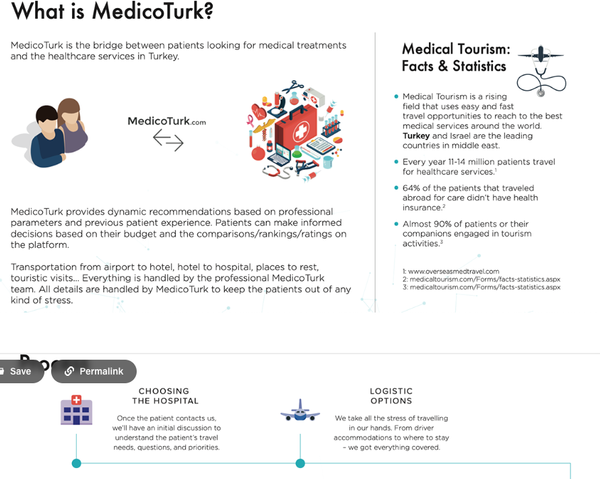7 Ways to Optimize Market Research
Table of Content
Conducting market research - whether it’s for a fully developed business, a startup, or even just a research paper, can get tricky. With the amount of data out there and the number of different customer types, it can be very easy to get lost and even give up. Below are some excellent tips that will help you optimize your market research to make it as quick and effective as possible.
1- Identify your target market
First thing’s first: you need to know who you’re researching. It’s important to understand that no matter how versatile the product you’re conducting the research for, you should never target everyone. You should think about the precise age, interests, and other details about your target market before starting your research. To take steps further, you can also segment your target market and do research on each segment separately.
2- Use a broad range of resources
Many people like to resort to a single source of information for market research, such as Google Analytics or specific keyword research tools. While these are great sources of information, they’re much more valuable when used in conjunction with other sources. Don’t be afraid to get out of the comfort of your usual data sources and explore some others. The more information you have from the more sources, the clearer the picture of the market you’ll develop.
3- Communicate with your team
Imagine you spend weeks on research, only to find out that someone else from your team has been doing the exact same thing, leaving you with two sets of identical data. If you work in a team, proper communication is extremely important. Make sure everyone has a specific task that is unique to them. This will help maximize the efficiency of everyone’s valuable time.
In addition to communicating about who does what, be sure to communicate your findings as well. You want everyone from your team to be able to benefit from your data, and you want to benefit from other people’s data as well.
4- Only collect what you need
Make sure that your databases aren’t overloaded with unnecessary pieces of information. You want everything to be as clear and precise as possible, and that means only keeping data that you know is valuable. If you renew your market research, then delete old data, and if you do research and end up with lots of irrelevant data on the way, delete that as well. This will make it easier for both you and your team to make sense of your research.
5- Use charts and diagrams
Charts and diagrams can do wonders in how you and your team interpret data. If you’re just looking at a pile of data and going through each bit separately, it’s nearly impossible to spot trends that you can make use of. By implementing special charts and diagrams, you’ll notice insights that were invisible before.
To take steps further, consider implementing AI into your database, which will renew each chart once new information is presented (advanced AI solutions may even be able to collect your data for you, taking loads of work off of your shoulders).
6- Look out for new opportunities
Market research is worth nothing unless you act on it. As soon as you identify something new, act on it. Tweak the features of your product/service, adjust your advertising message, or create a new product altogether. Whatever the research suggests you should do, it’s certainly worth a shot.
7- Keep updating your research
So you seem to have a great idea of who your target market is and what they want. You may think this means you’re covered, and you can use your research over and over again for weeks, months, or even years. Keep in mind that the market keeps on changing, and the data you collected even one week ago may be completely inaccurate now.
To make sure that your research always brings value, spend time reviewing your data every few weeks and check for any changes. This way, you can gradually build on your current data without needing to fully redo it in a few months.
Final thoughts
Conducting market research isn’t easy. However, if you want to make the most out of your time and optimize your research, the tips above will be sure to help. To sum everything up, make sure that you know exactly who you’re researching (or even divide your target market into segments), use as many resources as possible, and don’t forget to communicate with your team effectively.
Furthermore, make sure you spend your time efficiently and only collect the data that you need (and delete whatever you don’t need but still collect). Put all of your insights into charts and diagrams and use this information to spot new opportunities, and don’t forget to keep updating your knowledge!











